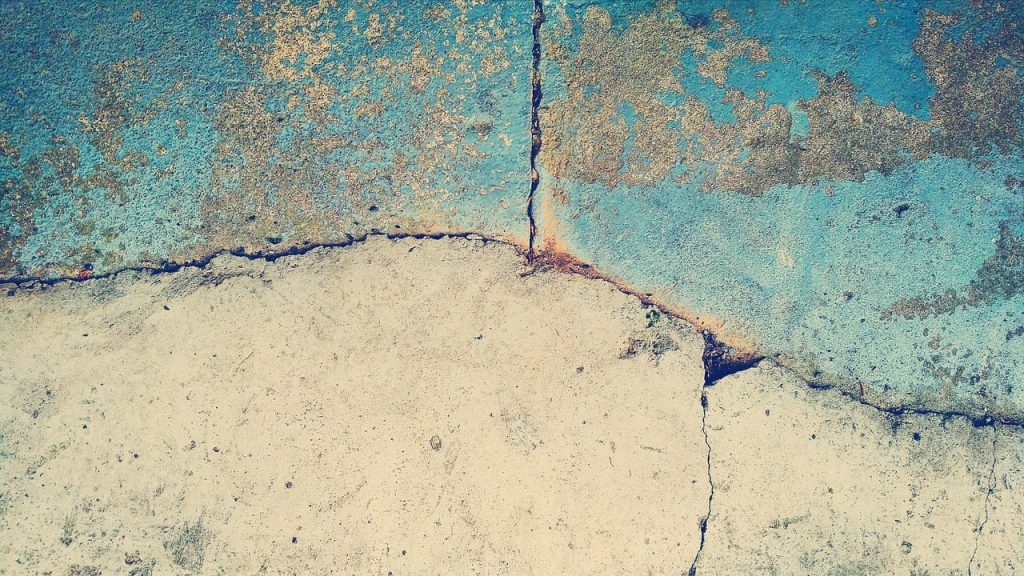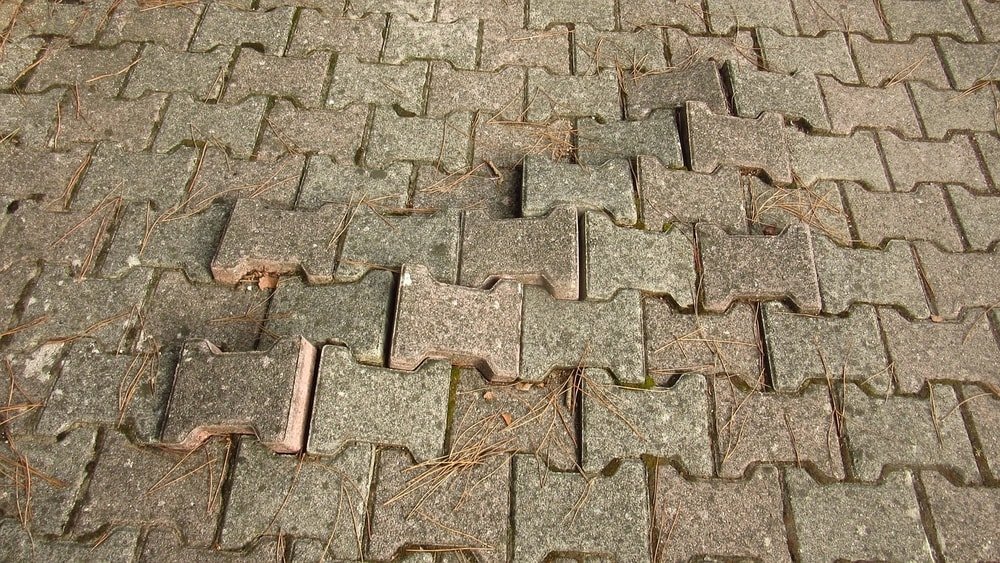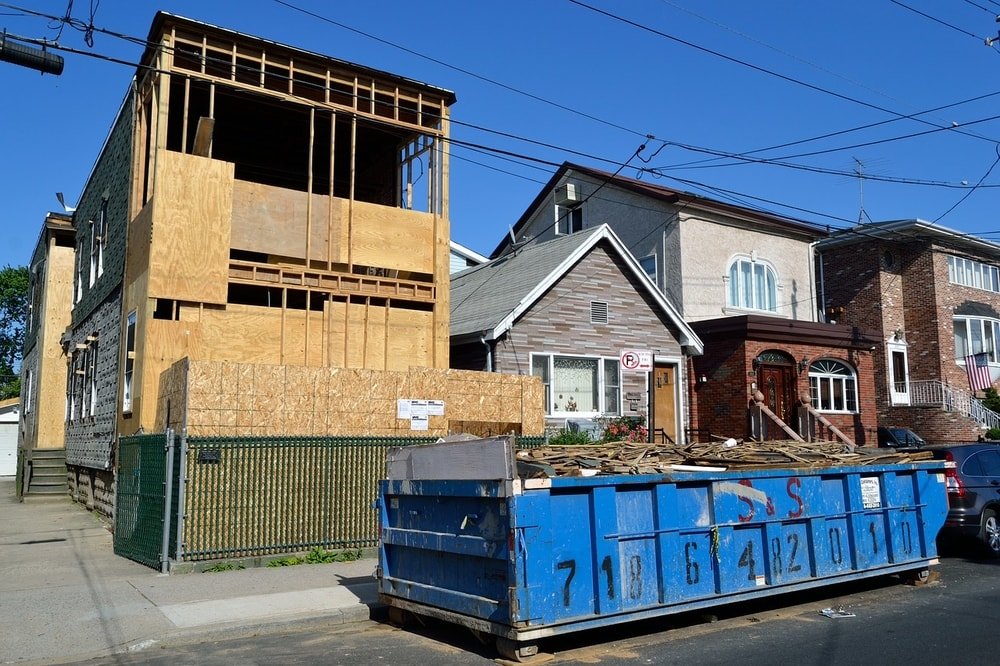Why Some Concrete Cracks And How You Can Help Prevent It
Concrete is practical; everyone knows that. It can be beautiful as well when it’s stamped or otherwise decorative. But one thing that can discourage people from choosing it is that they’ve seen how it can crack.
The reality, though, is that properly-installed concrete will undergo little to no cracking. A competent contractor knows how to mix and pour concrete so that cracking is minimized and won’t ruin the good looks of your surface.
There are particular factors that contribute to some concrete cracking. Let’s look at some of them as well as what a good contractor does to minimize the risk.
Too Much Water In the Mix
One of the most common reasons that faults develop in concrete is that it wasn’t properly mixed. Often, the problem is that too much water was added.
The proper settling of concrete takes place through the process of hydration. That means that water has to combine with the concrete at the right pace. While the water dries, it’s contributing to the curing of the concrete. But if too much water is present, it cannot set properly.
Drying Too Fast
At the same time, concrete should not dry too fast. The total process takes weeks or even a full month depending on the type of job.

We’re attuned to think faster is always better – fast food, fast internet, fast service. But concrete needs to cure slowly. If it dries out too quickly, the hydration process can’t take place. And that means cracks are coming.
Inadequate Thickness
Another reason concrete could crack is that it wasn’t poured thick enough.
The proper thickness will vary based on the purpose of the surface. Foundation columns, of course, have to be much thicker than a driveway. A walkway that doesn’t support vehicles can be thinner.
Sometimes, a less-than-honest contractor may try to pull a fast one. They might install thinner concrete than they should so they can save on materials. Or a DIYer may not realize how important it is to calculate the thickness correctly. Or someone may underestimate the weight that will be on the surface. These mistakes will all lead to serious cracking in a short amount of time.
Poured When It’s Too Cold
Cold weather is another factor that can have a negative effect on the installation of concrete. Again, this is because it interferes with the hydration process. The concrete can’t cure correctly when the temperature drops.
If it’s necessary to do an installation during winter, the subsurface needs to be warmed. There are also concrete mixes created for colder weather, although there are still limits on how cold it can be.
This means that it’s best to have your concrete installed during mild weather. This provides the optimal conditions for the material to cure.
Lack of Control Joints
The right mix and weather when the concrete is poured are important, of course. But so is awareness that concrete has to expand and contract as the temperature changes.
A good contractor includes control joints when they pour the surface. These are grooves that allow a little extra space as the size of the concrete changes.
When these grooves aren’t present or aren’t placed as they should be, the concrete has no room to adjust due to the temperature. It ends up cracking because of the pressure it exerts on itself.
Long-term Reasons Concrete Cracks
Even with the best of installations, though, there are factors beyond the control of the contractor. The ground settles, weather becomes more extreme, heavier vehicles start coming in and out.
The reasons we’ve talked about above usually become obvious quickly. They are direct results of the installation. To avoid them, be sure to choose a dependable contractor for your concrete installation.
But there are also factors that can lead to problems over a longer period. You can help prevent damage to your concrete by looking after these areas.
Tree Roots
Many trees have large root systems that spread out across the ground. The tree needs to find water and nutrients in the soil, so it spreads out looking for new sources.

Trees that spread far and wide are never a good idea near a concrete surface. Instead, choose trees that are more suited for alongside your driveway or patio. If trees are already present, you may have to consult with an arborist to see if it may cause long-term problems.
Lack of Sealant
Even though it’s a hard surface, concrete is porous. That means that water can easily penetrate it. After your surface is poured, it’s sealed to help prevent water from getting into it.
What could happen if water gets into the concrete? The main issue is when it freezes. Water expands by about 9% when it changes to ice. And when it does that from the tiny pores inside your concrete, it pushes the concrete apart.
That’s why it’s important that your concrete patio, driveway, sidewalks, or other surfaces be sealed. The sealant wears off over time and needs to be reapplied every two or three years. Be sure to keep on top of it.
Salt And Other Corrosive Chemical
Using salt or other corrosive materials to melt snow and ice will eat through the sealant and even the concrete itself. Be sure to check with your contractor to find out what snow melt products are safe to use.
Heavy Loads
As we mentioned above, a concrete surface will support a certain load. When the load surpasses the design, the concrete will crack.
To help prevent this, be aware of what the surface was intended for. If you had a driveway installed for personal or family vehicles, it isn’t going to support a dump truck for long. Likewise, parking a car on a patio could lead to problems since it was designed lighter use.

Avoid overloading your concrete. If you need a place to park a heavy vehicle or dumpster, investigate the best place to park it so you don’t damage the concrete.
Ground Settling
Finally, there’s one area you can’t do much about. Over time, the ground will shift and settle. This can be because of geological processes, freezing and thawing, and other issues.
Usually, the ground is already well-settled before you get to the point of adding concrete. The changes will be minor and will have little effect. But there is always some movement.
Proper drainage can help prevent excessive water from getting into the ground under the surface. But if there is a lot of vibration, flooding, or even small earthquakes, your concrete will experience some negative repercussions.
The contraction joints help absorb most of this effect. But if your ground goes through a lot of expansion or contraction, it will lead to issues at some point. It’s not a defect in the concrete; it’s part of the natural movement of the earth around it.
Conclusion
Concrete can experience cracking, of course. But a competent contractor will mix the concrete correctly and pour it to the proper depth. This lets it hold up for decades to come. Be sure to use a reputable contractor like your local Patterned Concrete franchise to get top-quality work!